Local – Fragile / Glass Exhibition
Group Exhibition
Participants: Adam Salvi, Noa Fein, Ola Brenner, Boris Shpeizman, Lior Vagima, Michal Harada, Maria Dovganiuk, Noam Dover and Michal Cederbaum, Sivan Pais and Noa Giladi, Katia Isabel Filmus, Hiyuli Liberman
Curator: Lisbeth Biger
Opening: Thursday 1/9/22 at 19:00
Gallery talk at Benyamini center: Friday, 23.9.22 at 11:30
An online Gallery talk: Wednesday, 26.10.22 at 19:30- Registration
Closing: Saturday, 29/10/22 at 14:00
As a glassmaker I sometimes wonder why I am drawn to sculpt with this enigmatic, and difficult material, as almost any other choice of material would be easier, cheaper, and more environmentally friendly. I am drawn to the beauty, the technical challenges, and the surprises. I hope to share a little of this with whoever visits this exhibition.
The artists in this exhibition are attracted to the natural beauty of glass, the versatility, and the constant challenge of glassmaking, a process with repeated surprises and excitement or disappointment once the final object has cooled. There are always surprises, even after working with glass for many years. This level of unpredictability keeps some glass workers enthusiastic while others find it difficult.
Local – Fragile, is an exhibition of Israeli glass. The participating artists all work with glass as their primary material and live in Israel. The artists have studied at the Bezalel Academy of Arts, and many of them have also studied and worked overseas for longer or shorter periods of time. International connections are common in contemporary glass, where masterclasses in specific glass disciplines broaden knowledge, very different from the secrecy that glass practice was in the past.
Studio glass – the international studio glass movement originated in America in the early 1960s. The emphasis of this movement was on the artist being both designer and maker of one-of-a-kind objects, in a small studio environment. The goal was to melt glass in a small furnace so individual artists could use glass as an art medium in a non-industrial setting. As a result, several other glass making processes were adapted for a private studio environment – Noam Dover and Michal Cederbaum, Boris Shpeizman, Adam Salvi, and Olya Brener are artists who work in this way.
Flameworking, where premade glass rods are manipulated over a hot gas flame is the technique used by Lior Vagima and Michal Harada. Kiln worked glass, where smaller glass pieces are placed in a kiln, usually in a mold, and the glass fuses together during the firing process, a process used by Noa Hagiladi, Sivan Pais, Maria Dovganiuk and Katja Izabel Filmus. In this process that artists work with the glass when it is cold, before and after heating in the kiln.
In Israel the studio glass scene is quite new. The effort to get the raw materials, and the proper equipment made most artists wary of being involved with this difficult material. There were very few glass makers until Bezalel started its glass program in 1997 led by Daniel Verbene and Louis Sakalovsky. Glass is now a natural part of the department of its sister discipline ceramics – The Department of Ceramics and Glass Design, Bezalel.
Fragile: Glass is so many things, it is fragile, but also it is one of the strongest materials available to man. Glass containers can store liquids that no other material can hold, or a perfect solid glass ball can withstand the pressure of compression of hundreds of kilograms. Glass is a material that in our collective memory is associated with something shiny and translucent, but glass can also be matte or opaque and easily be mistaken for several other materials, including ceramics. Glass is special because it has the outer layer or shape- the surface, but because of the transparent or translucent quality of the material, it is possible to see an object or shape inside and experience the back and front of the object simultaneously.
Local: With who is the local art in dialog? Is it local because someone was born here? Or is it local because it questions the Israeli experience? These are two very different ways of looking at the concept of local and different artists approach this in different ways.
Lior Vagima makes the cyclamen as a symbol of fragility. Is it a flower, or is it something more? For most Israelis a cyclamen is a sign of winter, of spending a cool sunny Saturday morning in the forest or a symbol of hope and renewal. The cyclamen has a subtle emotional effect on many people here, whereas in northern Europe the cyclamen is just another pot plant on the windowsill.
The same fragility is echoed in the nest made by Michal Harada where the thin threads of glass are rolled up inside the thicker branches. The nest looks like an intimate cozy place, but the thought of the fragile cutting glass creates dissonance, the place that is supposed to be safe is fragile and temporary.
Olya Brener is also inspired by nature; an ancient olive tree is seen inside a large vessel. The tree is merely a stump of a tree, and seen inside the vessel becomes an exhibit, unprotected, a memory of a tree that once was. This is a similar concept that Sivan Pais and Noa Gilad use in their unhealthy cactus sculpture, like a fence of drying cactuses found on roadsides in Israel.
Katja Izabel Filmus uses casts of her own body with words engraved in the glass in English and Hebrew reflecting on the feeling of belonging to a place. Boris Shpeizman is “blowing glass”, however he is using a trumpet instead of a professional blowing pipe. Shpeizman calls this work “Soap Opera” and writes: “Blowing is a complicated process that requires interaction between the artist and hot liquid glass. The process is often more exciting than the result.” This work is about blowing bubbles and just like hopes and illusions the bubbles sometimes burst and break into small shards.
Noam Dover and Michal Cederbaum have worked with many materials, they write: “Our way to glass was a long one, and we have tried various materials along that way. Glass is by far the most exciting, dramatic, skill based, addictive of all the craft disciplines that we’ve experienced”. They often use the amphora as a form for their vessels, a traditional shape translated in various ways to become contemporary.
The works in this exhibition provide a modest view of what is going on in glass art in Israel today. It is a small selection of different technical and conceptual challenges, connected to how the artists react to the word “Local”.

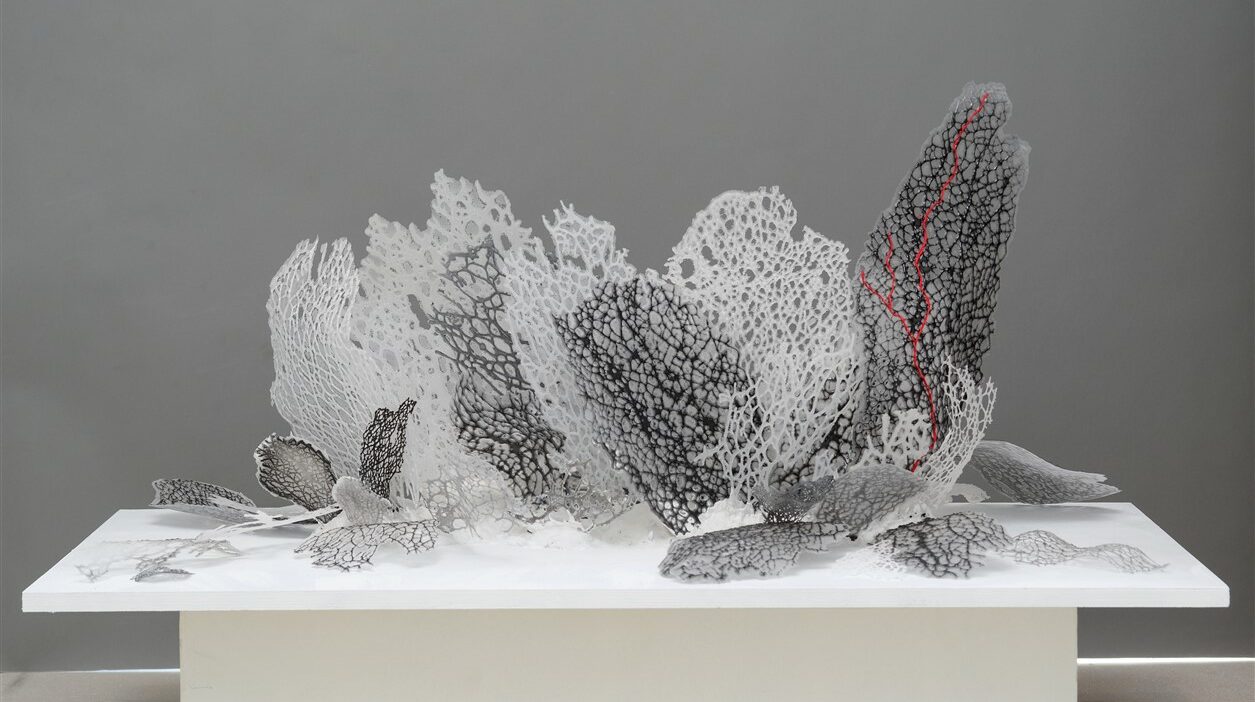
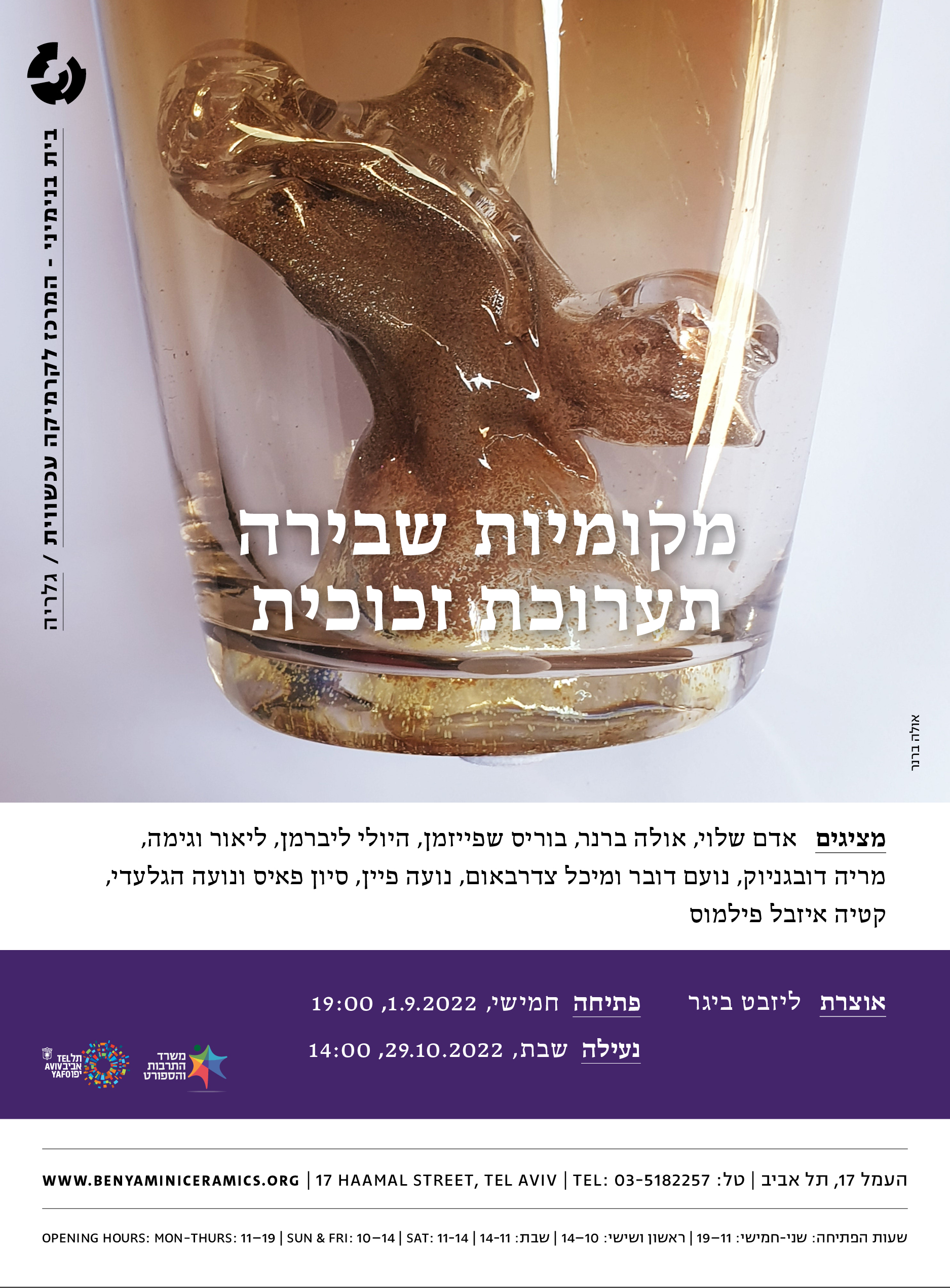 Invitation
Invitation
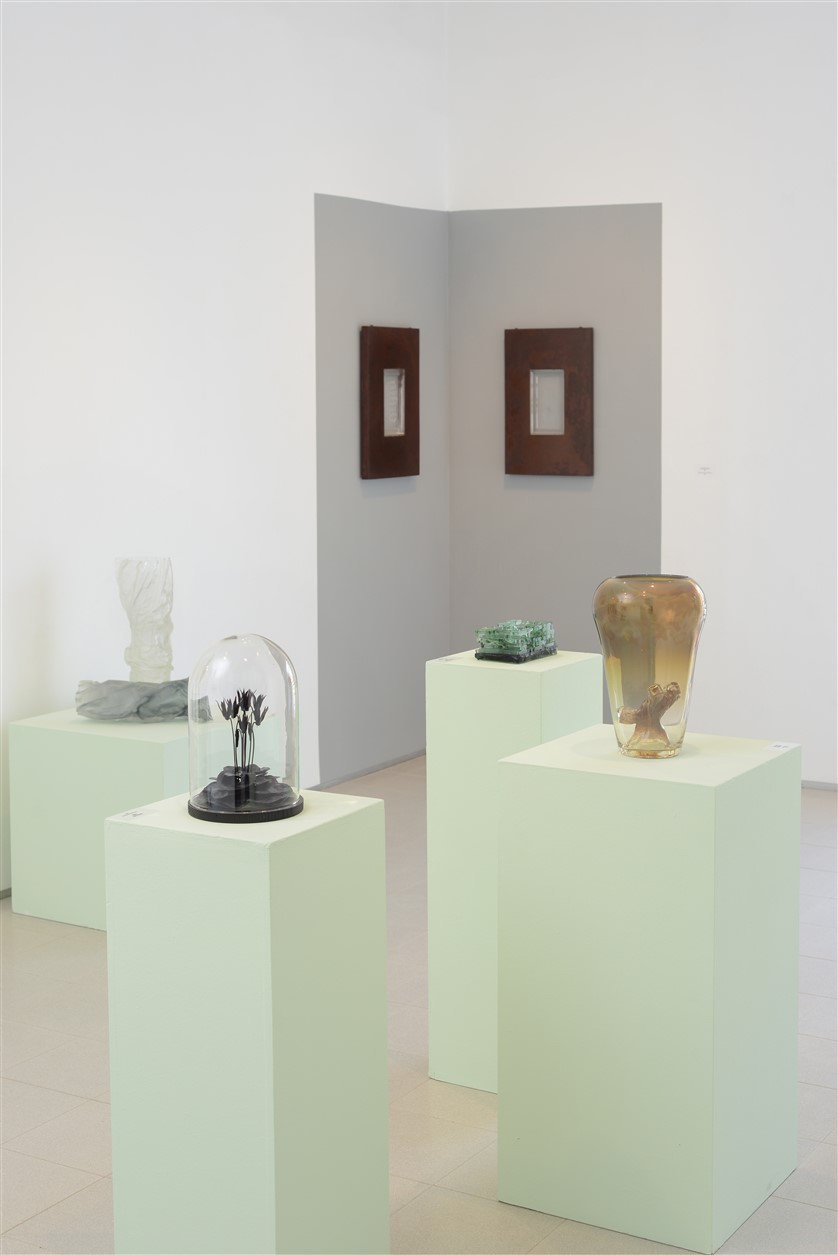 מקומיות שבירה_תערוכה קבוצתית_צילום שי בן אפרים
מקומיות שבירה_תערוכה קבוצתית_צילום שי בן אפרים
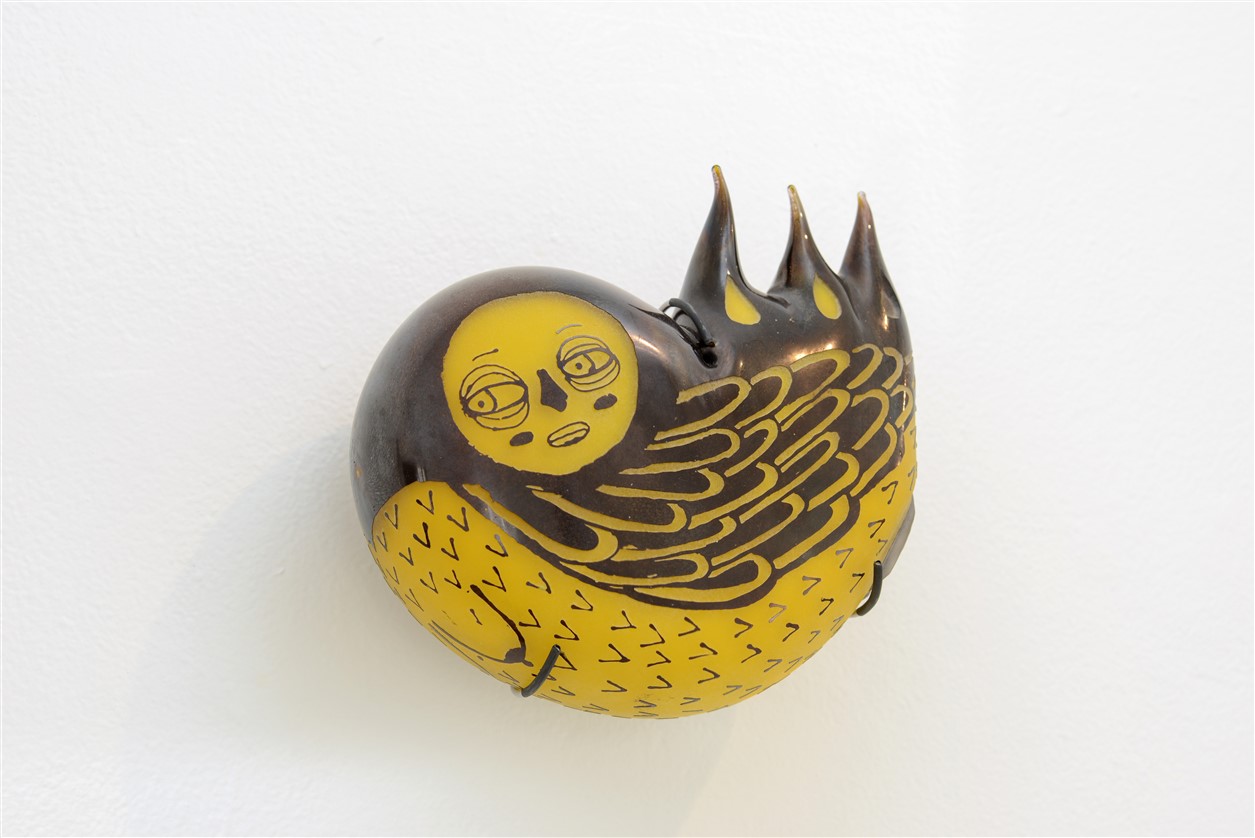 מקומיות שבירה_נועה פיין_צילום שי בן אפרים
מקומיות שבירה_נועה פיין_צילום שי בן אפרים
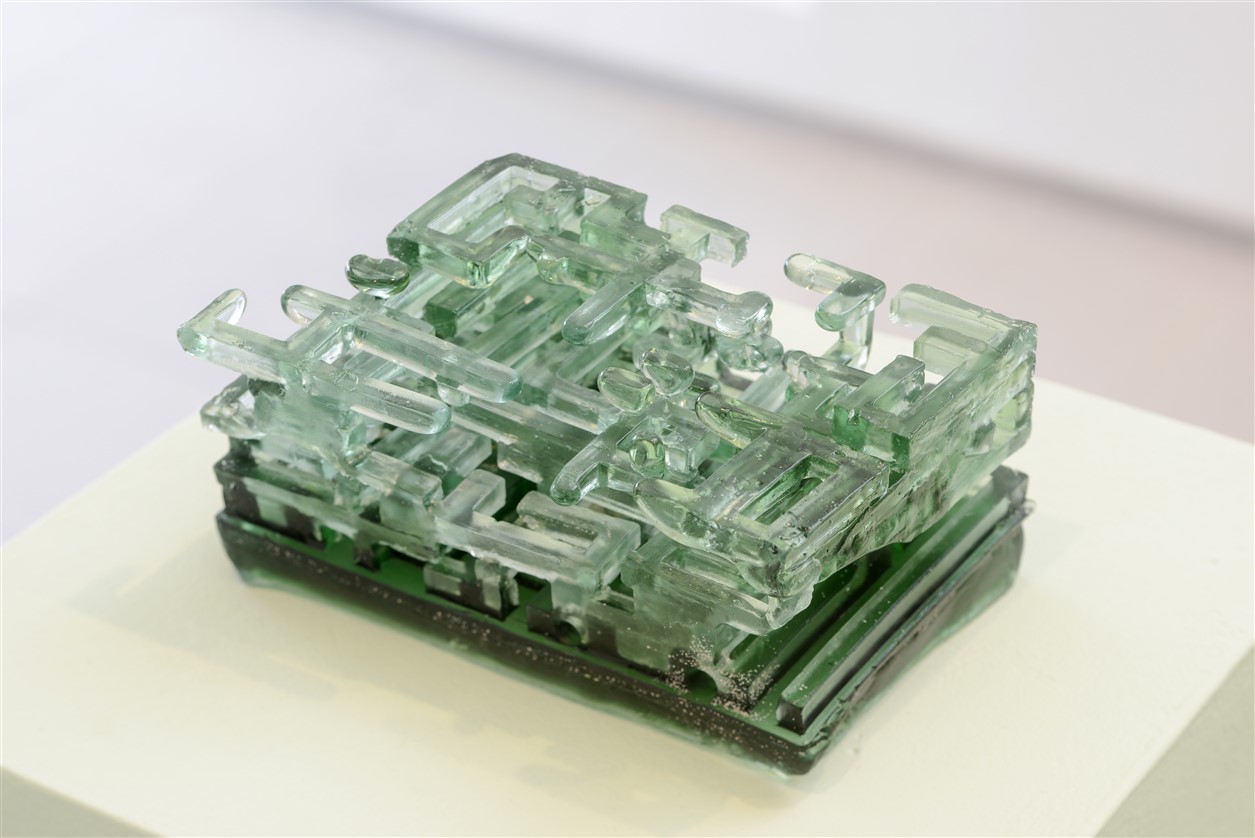 מקומיות שבירה_מריה דובגניוק_צילום שי בן אפרים
מקומיות שבירה_מריה דובגניוק_צילום שי בן אפרים
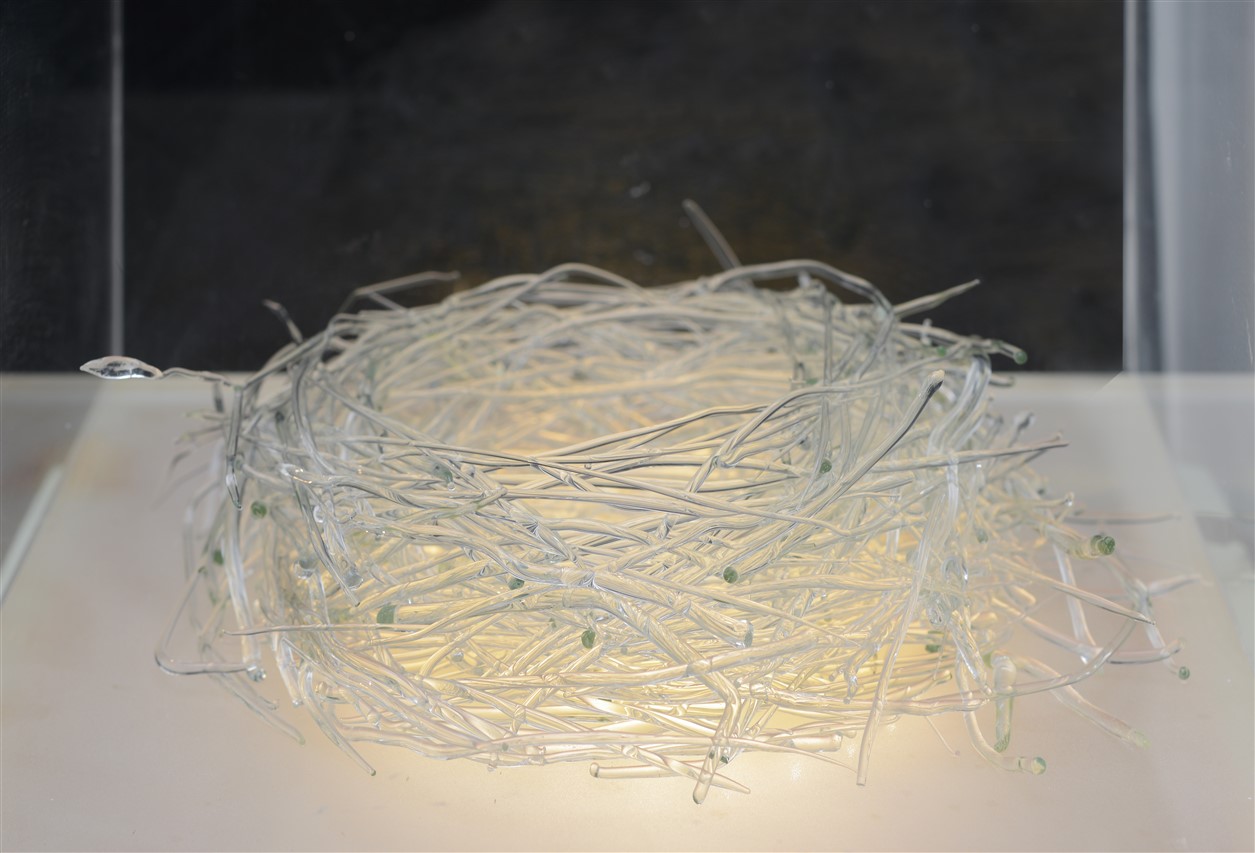 מקומיות שבירה_מיכל הרדה_צילום שי בן אפרים
מקומיות שבירה_מיכל הרדה_צילום שי בן אפרים
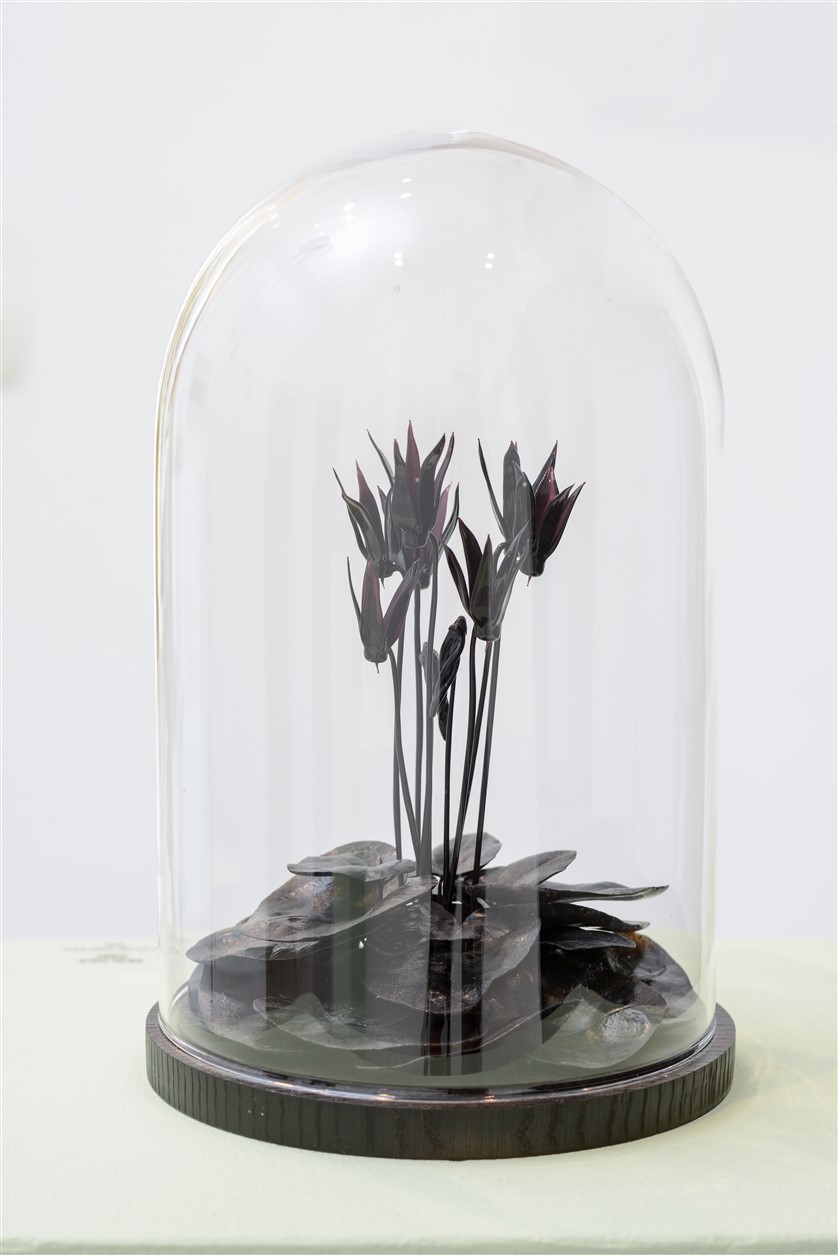 מקומיות שבירה_ליאור וגימה_צילום שי בן אפרים
מקומיות שבירה_ליאור וגימה_צילום שי בן אפרים
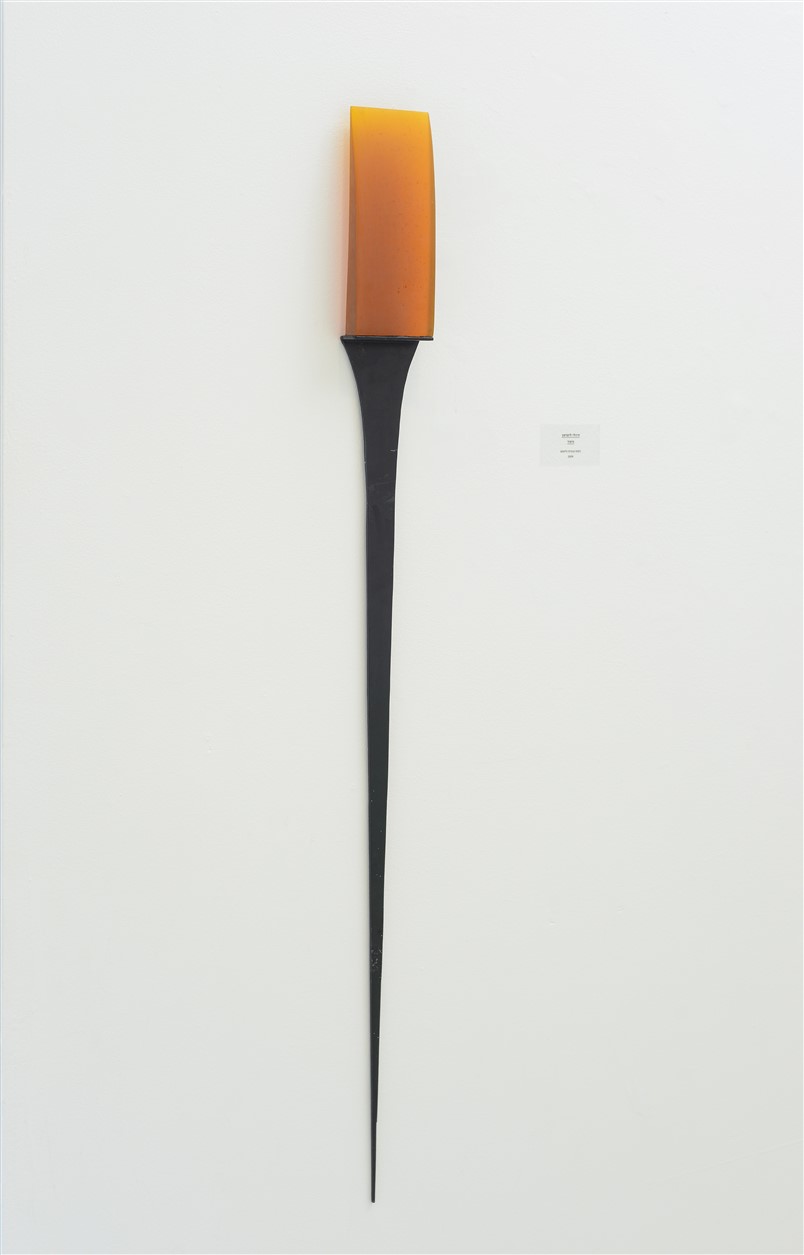 מקומיות שבירה_היולי ליברמן_צילום שי בן אפרים
מקומיות שבירה_היולי ליברמן_צילום שי בן אפרים
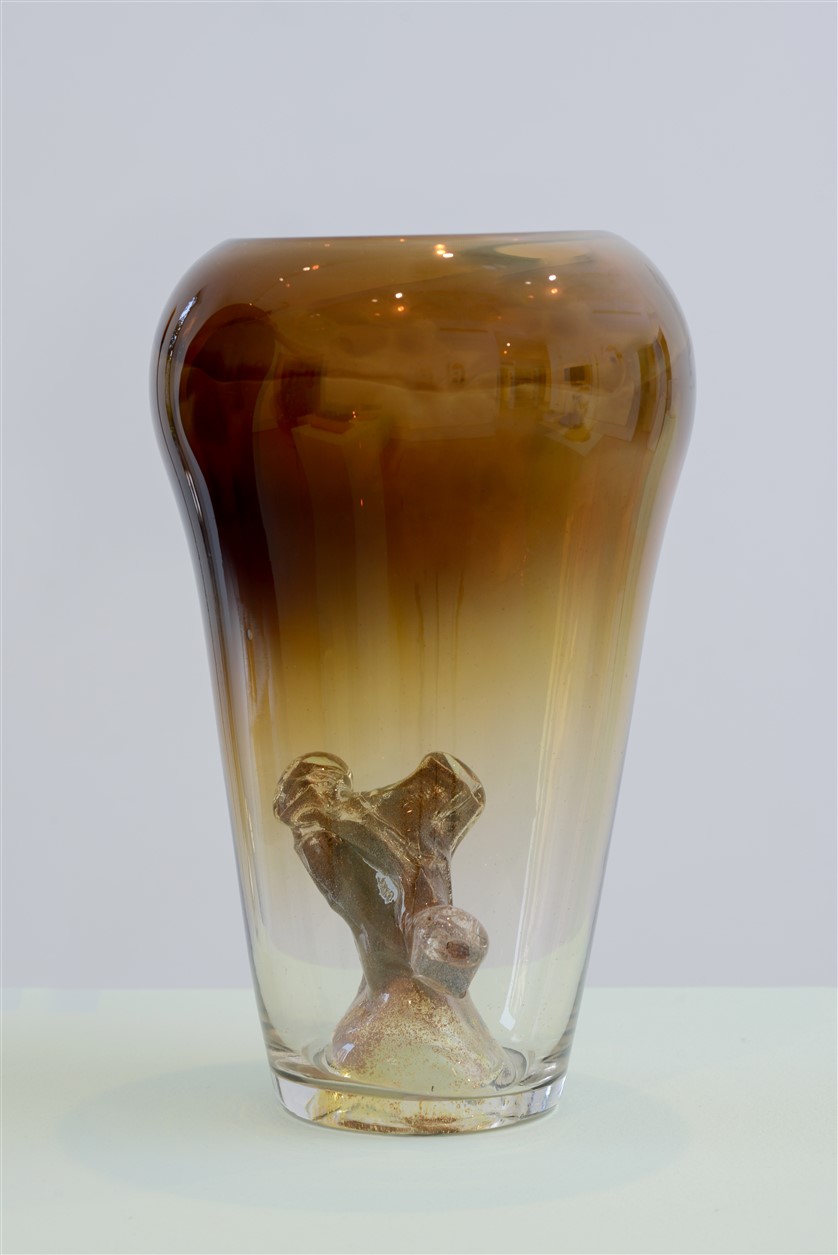 מקומיות שבירה_אולה ברנר_צילום שי בן אפרים
מקומיות שבירה_אולה ברנר_צילום שי בן אפרים
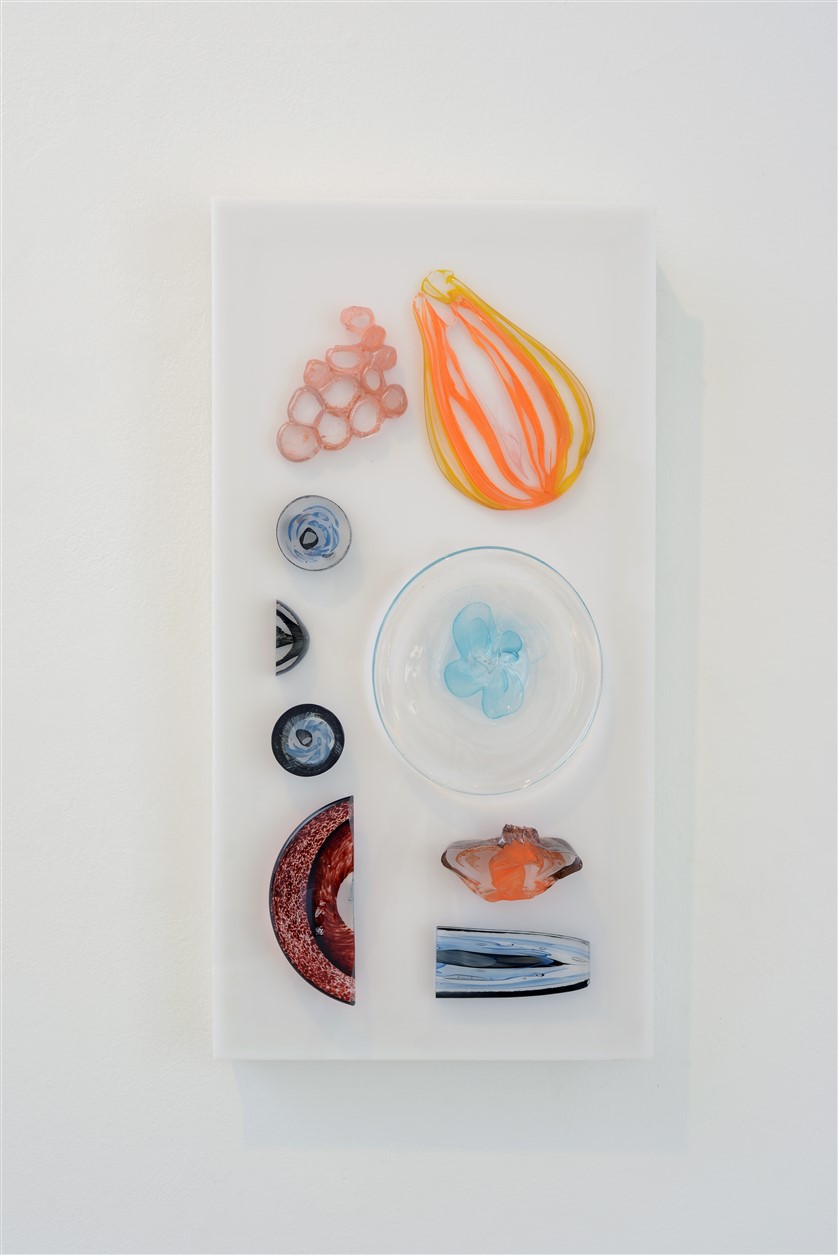 מקומיות שבירה_אדם שלוי_צילום שי בן אפרים
מקומיות שבירה_אדם שלוי_צילום שי בן אפרים
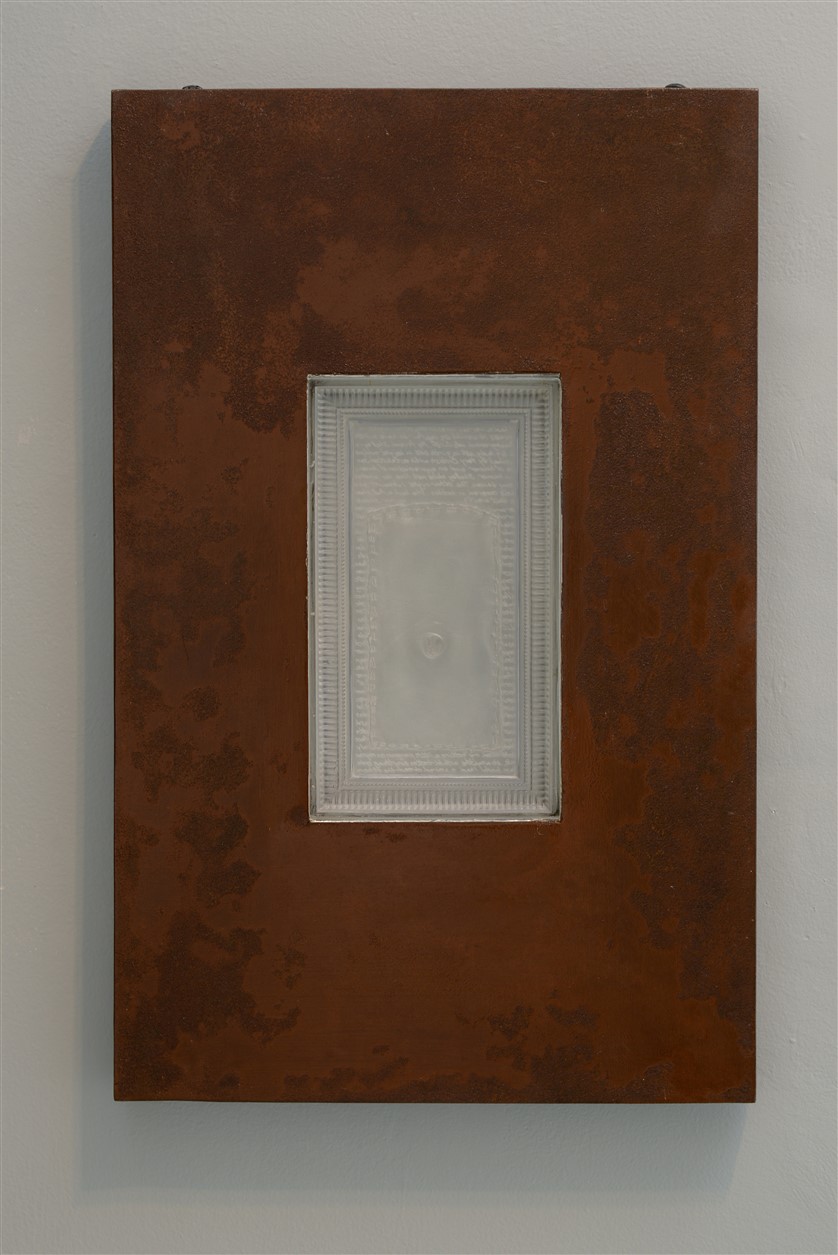 מקומיות שבירה_קטיה איזבל פילמוס_צילום שי בן אפרים
מקומיות שבירה_קטיה איזבל פילמוס_צילום שי בן אפרים